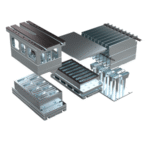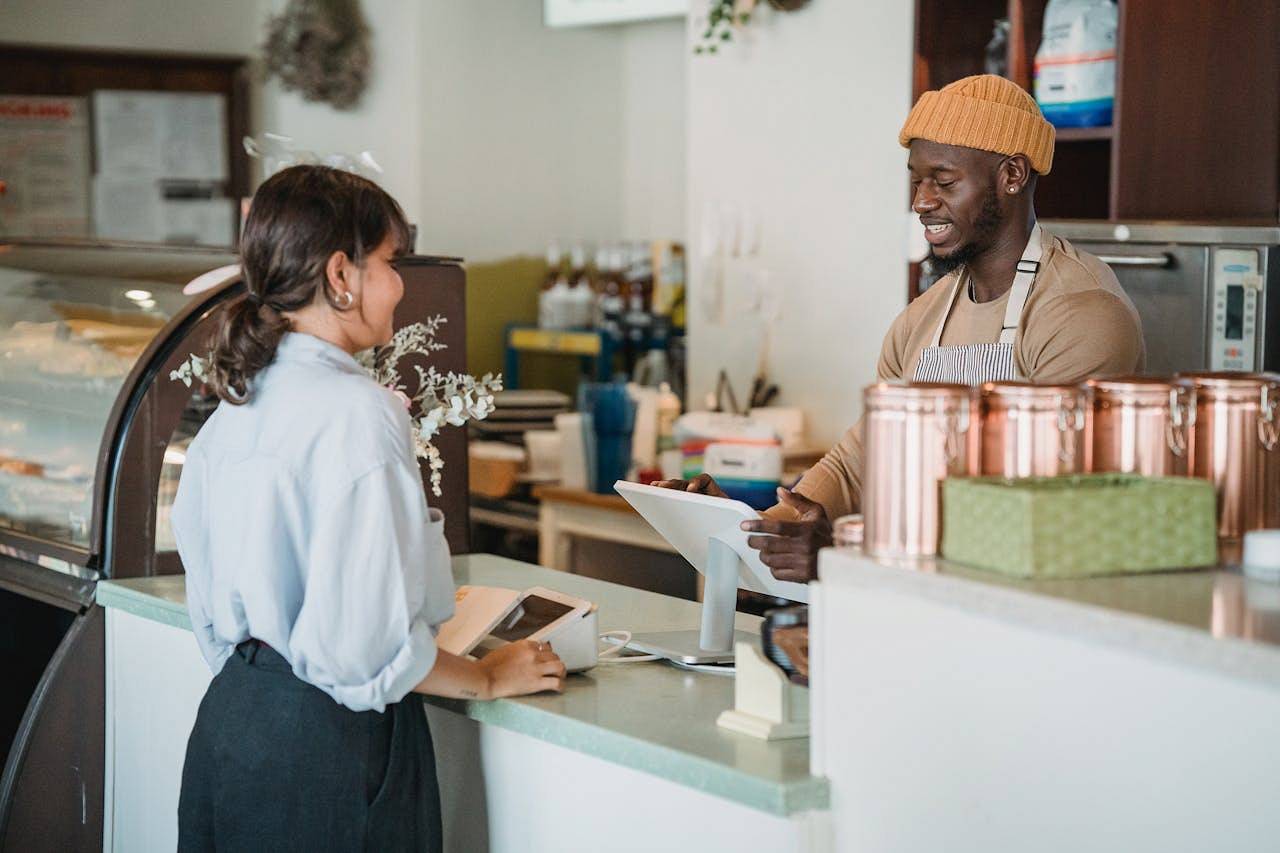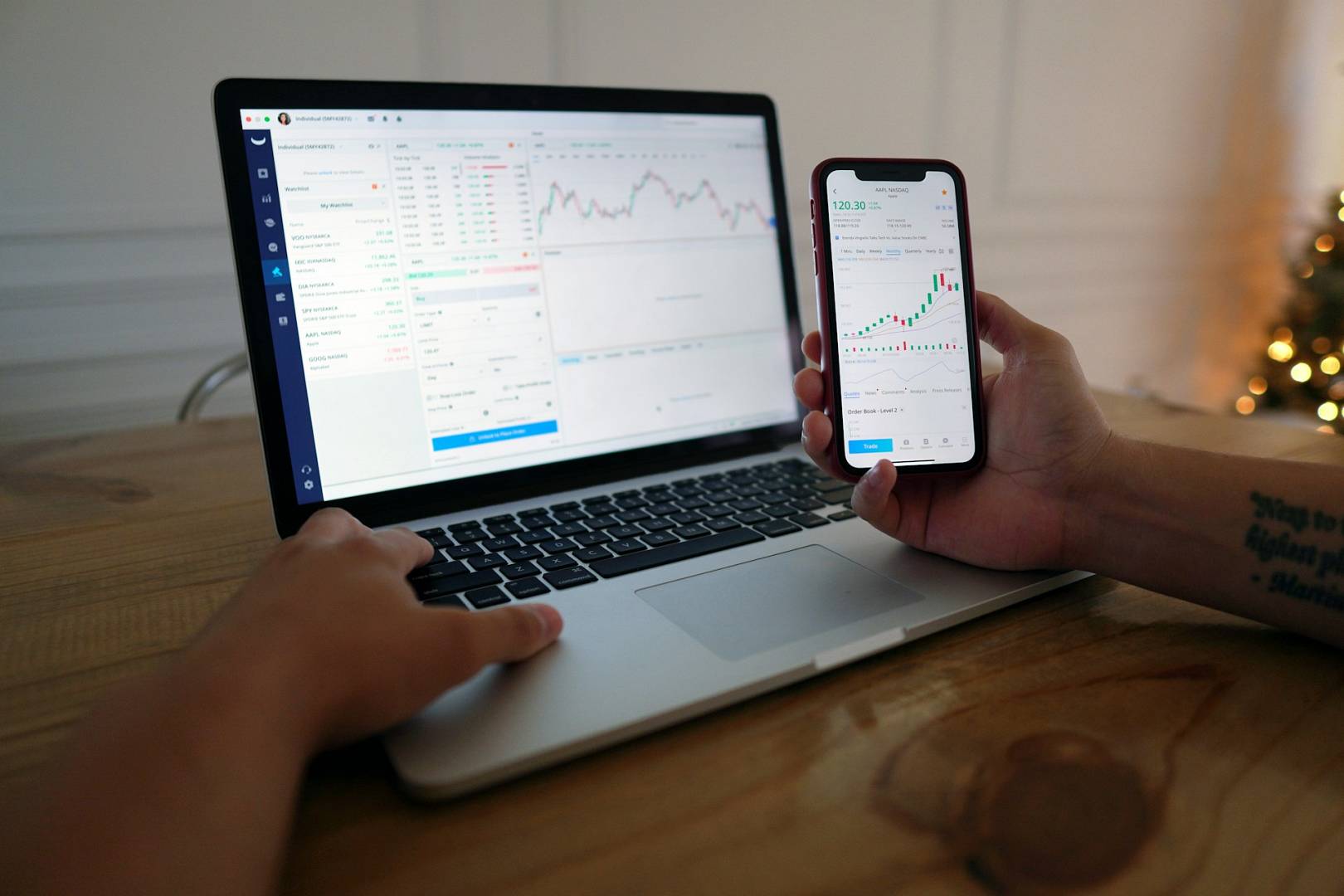In recent years, the American dining landscape has undergone a radical transformation. The days of waiting in line to place an order or struggling to flag down a server during peak hours are gradually becoming relics of the past. At the heart of this shift is digital ordering—a technological advancement that is redefining convenience, efficiency, and personalization in the food service industry.
The Evolution of Dining: From Paper Menus to Digital Platforms
Traditionally, the dining experience revolved around in-person service, paper menus, and manual transactions. While this approach offered a level of human interaction many cherished, it also came with challenges: long wait times, order inaccuracies, limited personalization, and restricted accessibility.
Enter digital ordering systems—kiosks, mobile apps, QR-code menus, and integrated online platforms. These innovations were initially adopted by fast-food giants and delivery services, but are now embraced by restaurants of all types, from casual cafés to fine dining establishments.
The Rise of Contactless Convenience
One of the biggest catalysts for the rise of digital ordering was the COVID-19 pandemic. As lockdowns and health concerns surged, restaurants were forced to adapt quickly. Online ordering became a lifeline for businesses, offering a way to continue operations while ensuring customer safety.
Even as restrictions lifted, the preference for contactless convenience remained. Customers found digital ordering intuitive, hygienic, and fast—traits that now define the modern dining experience. Whether at home or in a restaurant, diners enjoy the ability to place orders with a few taps on a screen, track progress, and make secure payments instantly.
Benefits of Digital Ordering for Consumers
1. Speed and Efficiency
Digital ordering platforms reduce the time it takes to browse menus, place orders, and check out. Customers avoid queues and can order at their own pace without pressure.
2. Customization and Accuracy
Whether someone wants to go gluten-free or add extra avocado, digital interfaces allow diners to customize their meals with precision. This reduces human error and enhances satisfaction.
3. Loyalty Integration
Many digital ordering systems now incorporate loyalty programs, personalized recommendations, and promotional offers, giving customers more value with every transaction.
4. Accessibility and Inclusivity
For people with disabilities or those who prefer a quiet, self-service experience, digital menus with screen readers and multi-language support offer greater inclusivity.
How Restaurants are Adapting
Restaurants are leveraging digital ordering in several innovative ways:
-
Self-Service Kiosks: Found in fast-casual chains like McDonald’s and Panera Bread, these reduce reliance on front-of-house staff and increase order throughput.
-
QR Code Menus: Diners scan a code with their phone, browse the menu, place orders, and even pay—eliminating the need for physical menus or servers.
-
Mobile and Web Apps: Custom apps are providing a branded experience, complete with push notifications, order tracking, and real-time updates.
-
Tablet Ordering: Sit-down restaurants use table-side tablets to streamline ordering and encourage upselling through suggestive prompts.
Data-Driven Dining: The Role of Analytics
Digital ordering systems generate valuable data about customer behavior, preferences, and trends. This allows restaurants to:
-
Optimize Menus: Identify popular items and refine offerings.
-
Streamline Inventory: Predict demand and reduce waste.
-
Personalize Experiences: Recommend meals based on past orders.
-
Improve Marketing: Use insights to run targeted promotions and campaigns.
Challenges and Considerations
Despite the benefits, digital ordering does pose some challenges:
-
Tech Fatigue: Some customers still prefer traditional interactions and may feel overwhelmed by too much automation.
-
Initial Costs: Investing in new systems and training staff requires upfront capital.
-
Reliance on Connectivity: Internet outages or technical glitches can disrupt service.
-
Security Concerns: Storing customer data securely is essential to avoid breaches.
Restaurants must strike a balance between embracing innovation and preserving the warmth of human hospitality.
Looking Ahead: The Future of Digital Ordering in America
The future of digital ordering in American dining is promising. As AI and machine learning evolve, we can expect:
-
Voice-Activated Ordering: Using voice assistants like Alexa or Google Assistant for seamless, hands-free ordering.
-
Augmented Reality Menus: Visualize dishes in 3D before ordering.
-
Predictive Ordering: Platforms that anticipate your order based on behavior, location, and time.
-
Sustainability Insights: Digital receipts and eco-friendly packaging choices tied directly into the ordering process.
Ultimately, the future is about making dining more personalized, efficient, and sustainable.
Final Thoughts
Digital ordering has ushered in a new era for America’s dining culture. It has empowered customers with control, convenience, and customization while offering restaurants tools to operate more intelligently and profitably. As technology continues to reshape the industry, one thing is clear: the way Americans dine will never be the same.
Restaurants that embrace digital transformation without losing their personal touch will thrive in this new culinary landscape. Those who lag behind may find themselves left at the table—waiting.











